Programmes
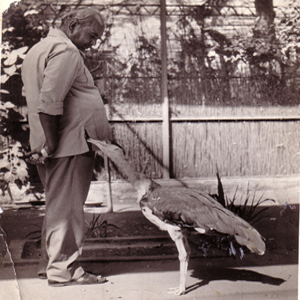
Great Indian Bustard:
This Group has taken lead to conserve Bustards since late 70s when it hosted the first ever International Symposium on Bustards (1, 2, and 3 November 1980 at Jaipur). Today less than 100 Great Indian Bustards are left in the wild and 95% are located in Jaisalmer region, India. The Government at long last has agreed to set up a conservation breeding centre for the species.
Keoladeo National Park:
As flowing water was denied to this renowned wetland of international repute (2004-05), this Group sued the Government before the Supreme Court of India (CEC Report). So options now are: (i) The Gambhir River if it would flow (Panchana dam caused its stoppage) (ii) The Chambal River pipeline (meant for drinking purposes of people) which supplies little water (iii) Goverdhan Drain which is not a perennial supply, and (iv) Rain god, not kind annually. We are actively involved in getting the issues sorted out in association with Government, WWF-India, stake holders etc.
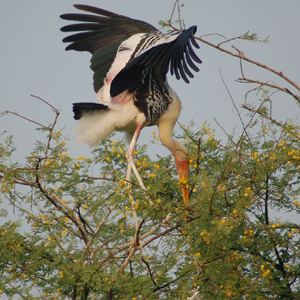
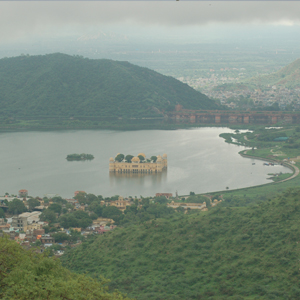
Man Sagar dam:
More than 400-year old this scenic heritage lake north of Jaipur has been restored (2003-09) beyond imagination, a unique example, using eco system based initiatives, as exercised by Mahal Resorts Pvt Ltd, led by NR Kothari and associates. The annual Indian Birding Fair is held at this lake.It is in association with British Birdwatching Fair and some concerned conservation groups.
Wetland Conservation:
Of utmost significance to people, several important wetlands are under our active scrutiny, especially those located in rural areas, as they are breeding habitats of resident bird species and also wintering ground for an impressive diversity of migratory wildfowl. We monitor birds and assess threats to wetlands and carry out remedial measures. A document on important wetlands is being scripted.
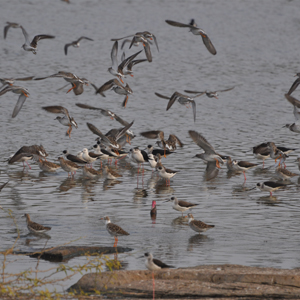

Environmental Education:
Holding international and domestic workshops to impart EE to school teachers, students and others, the group has been supported by EECG (Edward J. Mc Crea, Heather, Brad, Bora Simmens, WWF-India, etc). Hundreds of teachers are benefitted through this drive held at Jaisalmer, Jodhpur, Bhilwara besides Jaipur.
Deep Ecology (Bishnois):
Eulogizing what Bishnoi people started executing during the 15th century in the Thar Desert to uphold conservation values, this Group is trying to re-designate their most outstanding ethos to let people receive maximum by conserving flora and fauna – “sir santhe roonkh rehe to bhi sasto jaan” (a tree saved at cost of one’s head be treated as a cheap deal). Welcome to know more.
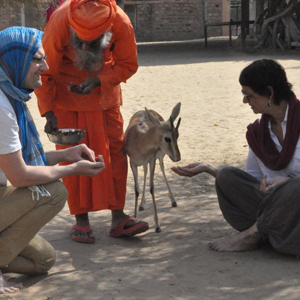
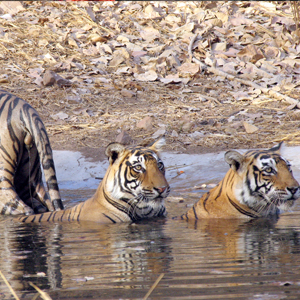
Tiger Conservation:
Rs 79.7 billion has been the ‘flow benefit’ from 6 Tiger Reserves (Corbett, Kanha, Kaziranga, Periyar, Ranthambhore and Sundarbans) – an IIFM Study. Tiger gives all this to people yet Tiger, in a way, gets nothing. A major issue for the mega predator. This group is involved in a challenging task to let stake holders receive their long assured dues from tiger tourism.
Grassland Conservation:
These are the most crucial eco system for wildlife as well as humans, and also the most neglected. This group is making concerted efforts to let grassland eco system be recognised to offer manifold benefits to all. Trying to enlist palatable grass species to multiply them.
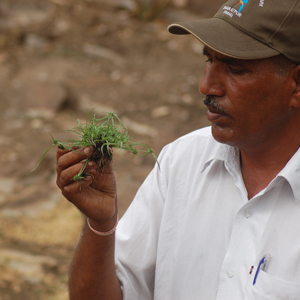
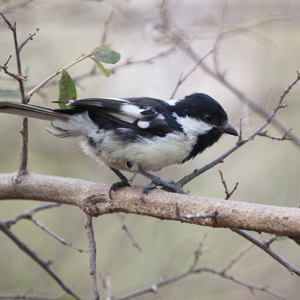
White-naped Tit:
(Machlolophus nuchalis): The bird is observed at a few places across India including at Nahargarh forest north of Jaipur where its breeding facilities are being created. Another population is around Kund and near Rewari in Haryana. Both are being actively studied.
House Sparrow:
(Passer domesticus): To check declining population of this house hold bird, Nest Boxes have been created which people are using at homes. As a result, a few thousand sparrows are recruited across the urban landscape of Jaipur. A book is done and dedicated to MGD Girls’ School.
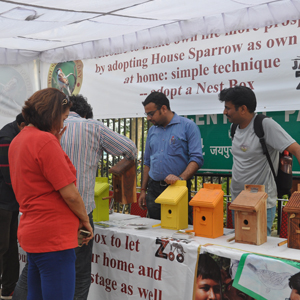
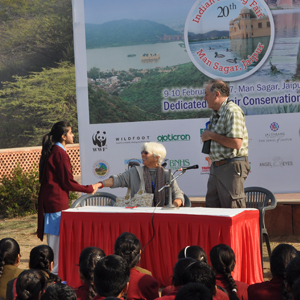
Indian Birding Fair:
Commenced in 1997, with the sole objective of conserving Man Sagar lake (Jaipur, India), it is an educational event and the main conservation plank for a large number of young and budding conservationists. It is Citizens’ Initiative. This group is proud to be its author. It is held in association with some overseas experts and conservation organizations. 22nd Fair publication.
Bird Watch Trail:
Monthly activity, leading interested citizens to bird sites (gardens, lakes, hills etc), and making them understand why birds are essential to survive in human impacted scenarios. Couple of Volunteers lead the trail and by using bird guide books, they convey to people what they had seldom heard in life.
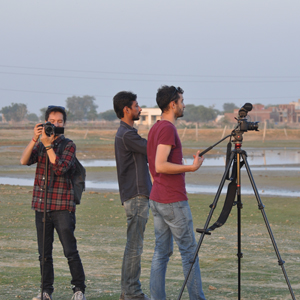
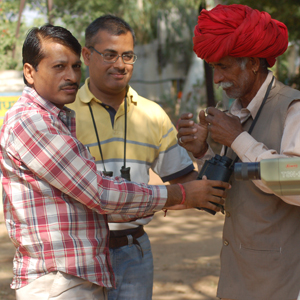
Responsible Tourism:
The ideal way out – sustainable ways of living with Nature. This group has caused examples like khaki uniforms given to Ranthambhore Tiger Reserve employees, RSPB binoculars gifted to forest guards, nature escorts, guides etc. OPTICRON and RSPB provide binocs to us.
Hides:
We have created couple of new hides in Nahargarh forest to more appropriately observe birds (White-naped Tit), mammals (Leopard, Jungle Cat, Hyena, Desert Fox, etc). They are designed in a unique way, using mud and thatch. Each faces a water trough. It is in association with forest department of Rajasthan which supports this group’s initiatives smilingly.
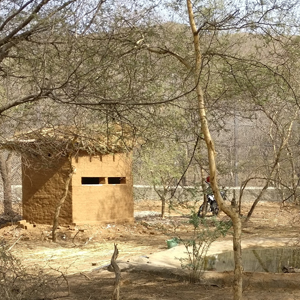

Publications:
The group has done some publications: Bustards In Decline (Paul D. Goriup and Harsh Vardhan), Ranthambhore Pug-Marks (Harsh Vardhan and T.K. Bapna), Checklist of Birds of Keoladeo National Park (Harsh Vardhan), Birds of Periyar (Andrew Robertson), House Sparrows (for MGD Girls’ School), Common Birds of Man Sagar and Jaipur (Harsh Vardhan), House Sparrows (Sudarshan Sharma), etc. Jhalana – Land of Leopards (Surendra Chouhan, published by TWSI). The publication for Indian Birding Fair is an annual.
